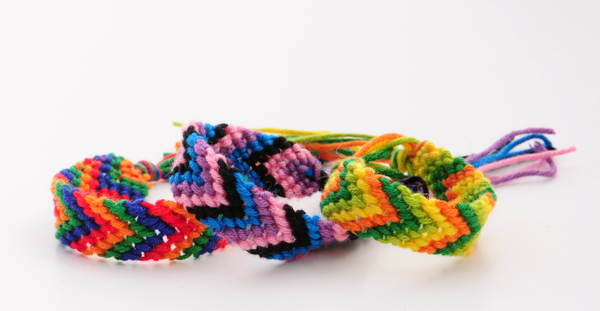

Weave a friendship bracelet from a cardboard loom. This friendship bracelet loom from Michael Ann Made is cut from a piece of recycled cardboard. It uses seven strands of embroidery floss, and it’s super fun, so I hope that you have a lot of friends!
Weave a rug from a cabinet door loom. This scrap wood loom tutorial from Cut Out + Keep calls for wood of any size, but the loom in the tutorial is made from an old cabinet door–how cool is that?
Weave an ornament from a CD loom. These gorgeous woven art pieces from Make it… a Wonderful Life are made by children right onto old CDs. Since they’re small-scale decorative pieces, you can use up all kinds of scrap for this–basically, if a kid can weave it, you can use it! The pieces don’t do well when removed, but they’re so beautiful as-is, you can easily hang them up for a little more color in your house.

Weave a rug from a hula hoop loom. All you need to do is borrow a hula hoop to make this circular rug from Spoonful. Use yarn made from old T-shirt strips to make this an even more eco-friendly project.
Weave a scarf from a cardboard box loom. This cardboard box loom from Craft Leftovers may take some math and a very sharp x-acto knife to construct, but the result is a real, professional, small loom completely on the cheap.
Weave found objects in a picture frame loom. This preschool picture frame loom from My Mommy Makes is constructed by threading ribbon through holes drilled in a picture frame. Kids can use it to weave grasses, feathers, ribbon, and fabric strips for a fabulous fine motor activity, and it’s loose enough to take apart to re-weave another time.
Learn to weave on a cereal box loom. This loom for older kids from HomeSpun Threads is constructed from the front of a cereal box. The loom is small but workable, the perfect size for older kids just beginning to learn the craft.

Weave a bookmark on a clipboard loom. This clipboard loom from Franco’s Fiber Adventure requires some woodworking skills and a couple of stash dowels to create, but when it’s finished you’ve got a sturdy, small-scale loom that will last longer than cardboard looms will.
Knit a sock on a tin can loom. You’ll probably have to purchase the cotter pins, but considering that most knitting looms are made of plastic, this circular knitting loom crafted from a tin can is still a better choice for the environment.

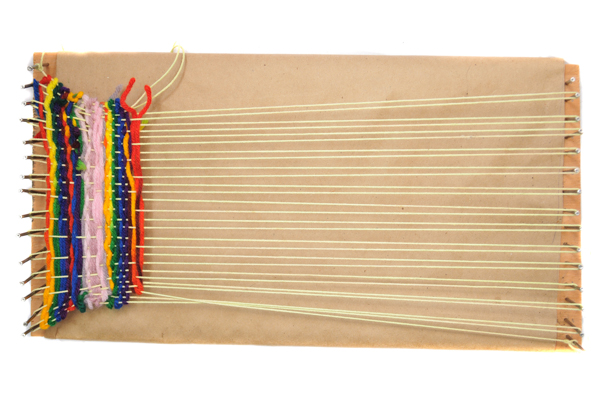

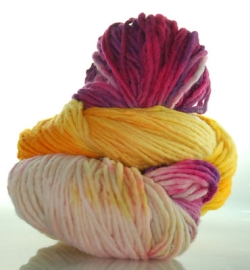
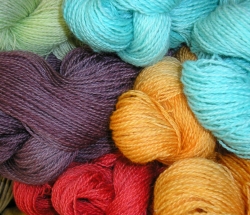
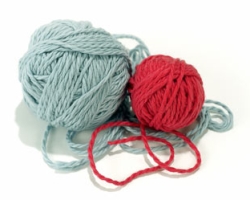

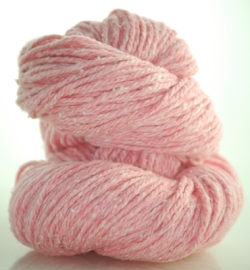
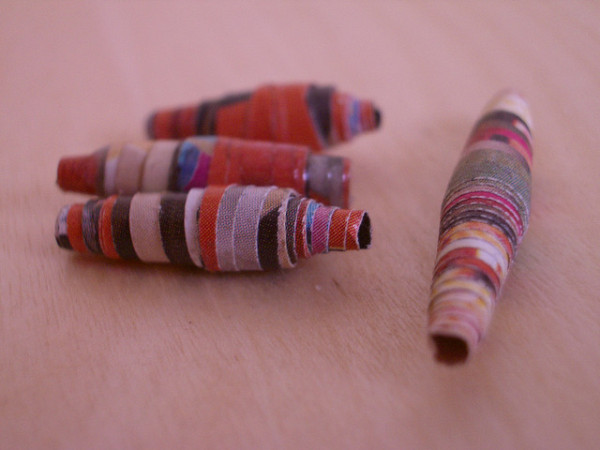

I have plans to weave some day, just not right now. I will have to pin this for later!
Pingback: Crafting a Green World | The home for green crafts and tutorials!